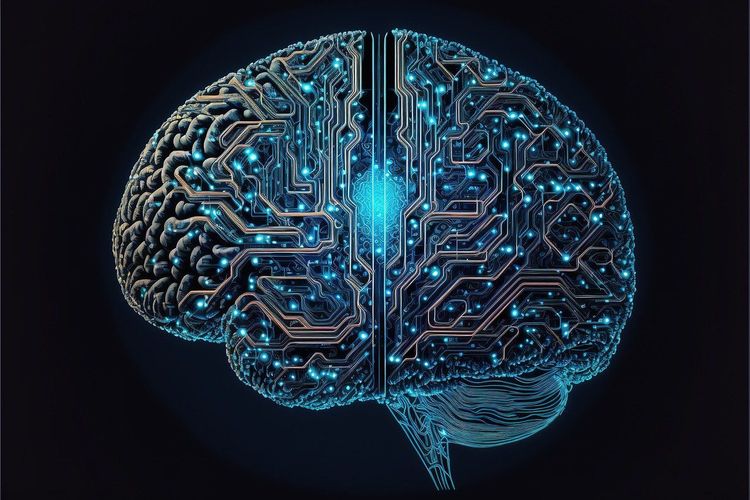Microsoft made headlines last week by partnering with Constellation Energy to reactivate a nuclear reactor at Three Mile Island, marking a significant move to address the rising energy demands of its data centers. This strategy stands in stark contrast to the decline of nuclear power, which has seen seven reactors decommissioned in the United States over the past decade, with only two new ones brought online. Meanwhile, the global landscape for data centers has expanded rapidly, exceeding 10,000 facilities, half located in the U.S. As cloud computing continues to flourish, the Electric Power Research Institute (EPRI) projects that energy consumption in this sector could surge between 29% to 166% by 2030.
Currently, data centers account for approximately 4% of electricity use in the U.S., a figure likely to rise to 9% by the end of the decade, coinciding with overall electricity demand increases. Hyperscale data centers, operated by tech giants like Microsoft, Google, and Amazon—critical infrastructures for startups such as OpenAI and Anthropic—are the primary contributors, consuming 60% to 70% of total data center energy, according to EPRI.
For companies like Microsoft, which aims to achieve carbon neutrality by 2030, the rapid growth of cloud computing and artificial intelligence presents a unique challenge. The company’s carbon emissions surged by about 40% in the last four years, largely due to the proliferation of data centers, while Google reported a 48% increase over the past five years. In contrast, Amazon claims that its data centers are fully powered by renewable energy.
Faced with these challenges, companies are increasingly considering nuclear energy to balance their extensive data center expansion with their net-zero commitments. This makes sense given the reliability of fission reactors, which can operate continuously for years, maintaining high capacity over 90% of the time. Planned maintenance is often scheduled well in advance, allowing data centers to effectively manage their energy needs. This certainly explains Microsoft’s 20-year deal with Constellation.
In addition to Microsoft’s initiative, Amazon recently acquired a hyperscale data center linked to a nuclear facility and is actively recruiting a nuclear engineer to enhance its AWS platform’s nuclear energy capabilities.
Investors associated with major tech players have also recognized the potential of nuclear energy. Bill Gates co-founded TerraPower and has invested over $1 billion in it, while former Microsoft CTO Nathan Myhrvold is also a notable backer. Sam Altman has supported the small modular reactor company Oklo prior to its merger with a special-purpose acquisition company.
Microsoft’s partnership with Constellation signals a strategic move to secure energy supplies more quickly than initially planned. It may also indicate an acknowledgement that emerging nuclear startups are unlikely to deliver electricity in the short term. This is not surprising, given the complexities involved in nuclear reactor construction; many startups are still in the conceptual phase.
Even established startups face challenges. The Nuclear Regulatory Commission recently rejected Oklo’s proposal for a reactor in Idaho, while the Air Force terminated a $100 million contract with the company. Competitor NuScale Power, which also went public via a SPAC, faced setbacks in securing a significant contract in 2023.
Even if these nuclear startups manage to navigate engineering and regulatory obstacles, finding suitable locations for new reactors poses a major hurdle. Nuclear energy still grapples with public perception; the reopening of Three Mile Island may elicit apprehension despite the plant's previous operations as recently as 2019. Although support for nuclear energy has grown among Americans, it remains less favored than wind and solar power, and this support could wane once specific projects are proposed. While people may support nuclear energy conceptually, their acceptance diminishes when it comes to implementation near their communities.
In contrast, renewable energy sources are becoming increasingly viable, even when accounting for battery costs to ensure round-the-clock power availability.
In the short term, reviving existing nuclear plants will help tech companies meet rising energy demands while reducing their carbon footprints. However, the number of decommissioned nuclear facilities is limited, and tech firms will soon need to explore alternative energy sources. Proactive steps must be taken to identify and develop these resources now.
(Note: Last Energy has clarified that it has not received an investment from Microsoft.)







